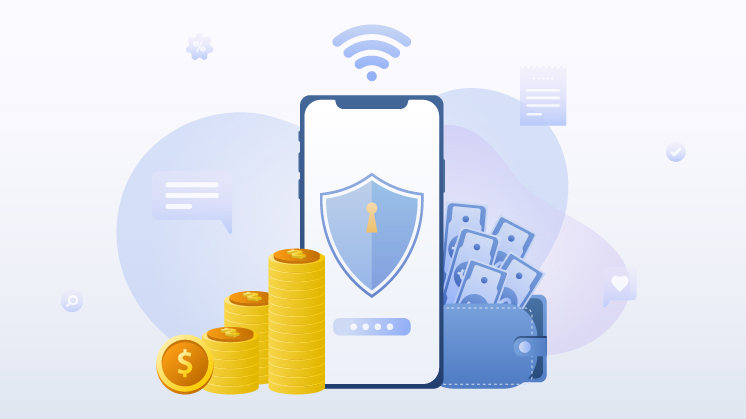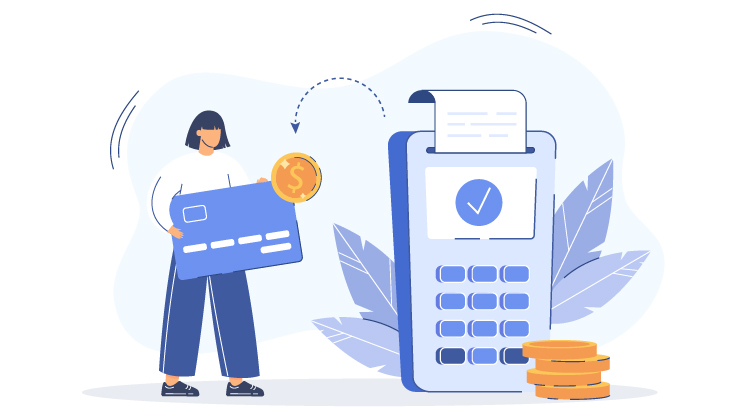Selecting the appropriate payment methods for your business involves a number of considerations. With so many alternatives, it can be challenging to decide which is best and making the incorrect decision can be expensive. It is crucial to provide a variety of options because even different clients can have differing opinions.
Unfortunately, companies take a few wrong steps when deciding on payment options. You can choose the best course of action for your company and clients by avoiding these blunders.
Here, we explain seven frequent errors you must avoid in your corporation regarding payment methods.
Top Payment Methods Mistakes That Frequently Occur
1. Restricted Payment Options
Keeping customer support and security issues aside, a major mistake corporations commit is that they offer fewer online payment methods.
Digital wallets were used to be the widely used payment method, followed by credit and debit cards and bank transfers. But what about customers from other countries?
You should pick a platform that accepts the most payment options and currencies if you offer international goods or services.
For example, bank transfers are more common in different European nations than credit cards. Thus, if you only take card payments, some of your European consumers might hesitate to buy from your business.
2. No Consideration Towards Local Payment Processing
Companies who want to sell their goods or solutions on the global market must consider various factors. Identifying a reliable partner who will handle delivery is one example of this. It is important to figure out how to translate your website into another language to avoid payment mistakes.
Many people overlook the significance of providing local payment options. Certain African nations use mobile payments more frequently than various European nations.
The above example highlights the significance of researching the intended industry and avoiding payment mistakes.
3. Asking for Excessive Information
Time is one of our most valuable resources, and we know how quickly it goes. So, we should try to do our everyday tasks quickly and easily. We often see that businesses ask for too much information from customers at checkout. The amount of information asked for seems long, which makes many customers give up on their purchases while they are still in the checkout process.
They suggest that companies use the tokenization method, which only requires clients to give their bank information. They send it in for the first time when they make a purchase from the website. To avoid this, tell businesses to only look for data that is very important.
4. Lack of Customer Support
Customer assistance shouldn’t be saved for problems that arise after purchase. Consumers may have to contact you with payment concerns in the same way that they want to be able to call your customer support if they have a problem with or a concern about your product.
They may be unsure if the payment was made, or their credit card may not have been processed. They may have to update their mailing address or go towards order cancellation.
You’ll likely have an international clientele if you sell online goods and services. Also, those clients can buy products from your site in all time zones.
For maximum client satisfaction, you always have a support system that quickly and effectively responds to the user. Moreover, responding to customer support concerns for payment methods only during a specific time is not sufficient.
5. Unprofessional or Unappealing Design
Since aesthetics are crucial in the online world, most businesses spend money on an appealing website design. Payment professionals emphasize that some businesses tend to ignore the aesthetics of the payment window. When a person views a well-designed page with a blue color scheme, for instance, yet the payment window is red, this can make them suspicious.
Moreover, the design of all payment methods must be responsive to display properly on every type of device. We should not minimize the significance of the payment window because the apex of marketing is when the transaction is completed.
6. Not Focusing on Data Security
Businesses frequently overlook the chance to secure client data when accepting online payments, which is another typical error. Using a credit card to make an online payment can be far more convenient than using a check or cash, but hazards are involved.
The majority of clients will submit their payment details from an untrusted network at work or on a smartphone. Hence, if a customer visits your website and believes it to be as unprotected, they may decide to go elsewhere.
Consumers place a high value on data protection in their preferred payment methods. They expect proactive security measures from you.
As per data breach studies, 64% of customers would hold the business responsible rather than the hacker if their personal details were compromised.
You must utilize SSL/TLS for your online transactions if you want to maintain PCI compliance and give customers confidence in data security. The goal of SSL/TLS protection is to make sure that the designated receiver can only access the information you disseminate.
7. Unattractive UI/UX
Don’t overlook the overall experience of payment checkout in your payment methods.
Customers’ perception of your brand will be in danger if your checkout page’s design is awkward or challenging to use. The last part of their initial engagement with you is the checkout process. Thus, they will remember most about your company.
Do you want it to be a good one? Of course, you do. Because of this, you ought to pay attention to the payment process’ UI/UX design.
So, avoid the below-mentioned UI/UX mistakes:
– Restricted Device Compatibility:
The unresponsive checkout process on mobile.
– Unreachable Fields:
Make sure you don’t leave fields that are inaccessible or not functional.
– Guest Checkout:
Make sure the guest checkout option is easy to find out.
– Important Information Missing out on Checkout Page:
Make sure you don’t hide the final price (inclusive of charges and taxes) alongside delivery options and anticipated delivery date
– Don’t Keep the Design Cluttered:
Keep the form precise, and ensure you have a single-column page to help customers avoid skipping fields mistakenly. Erase distractions such as graphic elements, buttons for social sharing, and inappropriate links.
Wrap Up
We live in a fast-paced world where we seek out quick and easy-to-grab solutions. Also, customers need solutions that are in line with their interests. So, to put the right foot forward in favor of your customers, there is no better option than WP EasyPay.
Some pain points are non-negotiable for customers regarding digital payment methods. These include an easy-to-use layout, multi-step forms, drag-and-drop functionality, and Quantity-to-Price Adjustment. All these features are neatly embedded in WP Easy Pay. You can find more exciting features here. So, any business can avoid digital payment mistakes with a robust payment method and laser-focused attitude.
FAQs
Q: What is the reason for online payment failure?
A customer experiences payment failure because of an unstable internet connection, putting wrong payment details. The reason can be insufficient money in the account.
Q: Do failed transactions get refunded?
A majority of failed transactions get automatically refunded within some days. If the transaction does not get refunded, you can contact customer service.
Q: How do I complain about an online transaction failure?
You must lodge a complaint about a transaction with the customer service team. You’ll need to provide us with the payment details, including the transaction ID and the payment amount, and they will do their best to resolve your issue.
Q: What is a payment validation error?
This error suggests the inability to verify the credit card.






